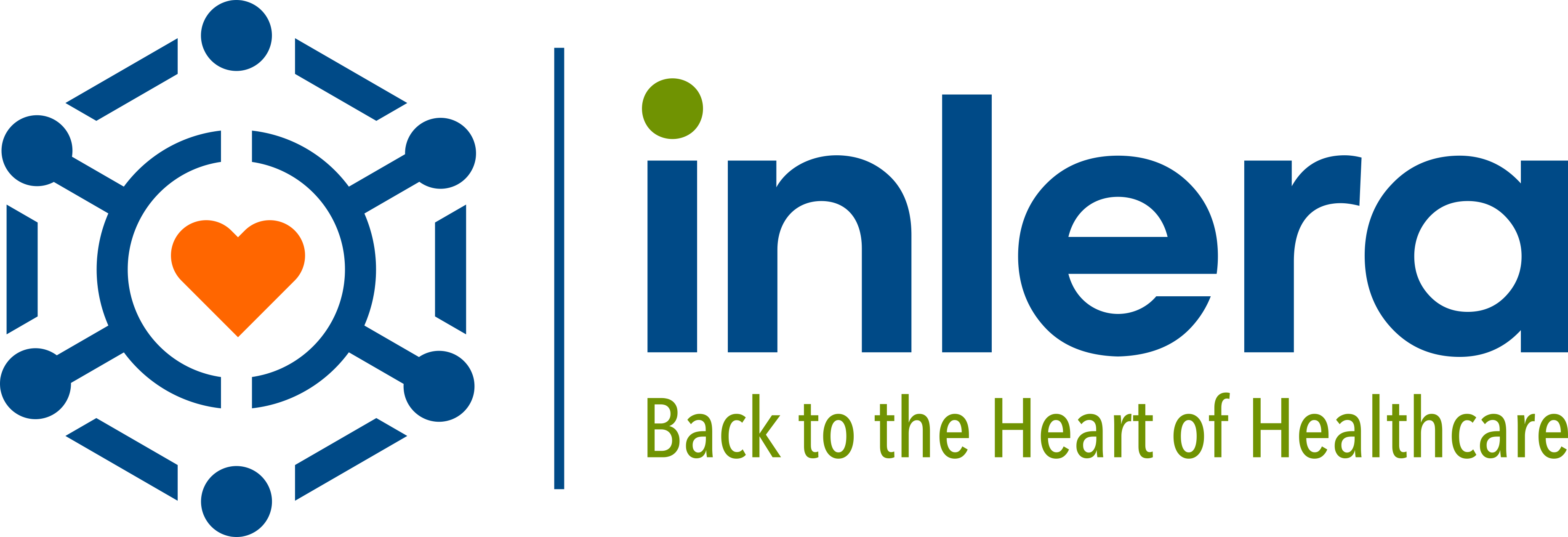
When you switch to electronic fund transfers and stop receiving paper checks, you can choose to receive an electronic Explanation of Benefits (EOB) instead of paper. And as I’m sure you have experienced with some carriers, we don’t even get the opportunity to choose.
Those of us in the healthcare world would like to believe that every step in the digital direction saves us time, money, and stress. But…those of us in the healthcare world also know better!

Unfortunately, very little in managed care is straightforward. And electronic EOBs are no exception.
While there are many benefits to receiving digital EOBs over paper ones, they also come with a set of challenges.
Luckily, there’s a way to make sense of your EOBs and make the process completely painless: Electronic Remittance Advice (ERAs).
Electronic EOBs — what they are, and why they’re so dang confusing
Electronic EOBs save a tremendous amount of time on the administrative side. They eliminate processing time — opening mail, separating out the documents, sharing the information with the person who inputs the paper EOBs, finding a secure place to store them, etc. From a paperwork standpoint, paper-based EOBs are pretty crazy.
With electronic EOBs, you skip all of those steps. You don’t have any physical mail to open or separate, and for many programs, the EOB can be instantly imported into your software.
Insurance companies want to be very detailed about what they’re paying. But a funny thing happened — instead of coming up with a standardized format to include on electronic EOBs, they all came up with their own languages. Different insurance companies use different process and system codes to explain the payments.
The form looks like jibberish, with a bunch of letters and symbols on every line. I’ve been doing this for a long time, so I understand what the forms look like — and even I admit that they look weird! They’re very difficult to make sense of.
So if a claim is rejected, it’s not always easy to understand why. You have to look up each company’s codes to see why a claim was rejected. Even when you try to find commonalities between the different formats, it’s still very confusing.
The easy solution to non-sensical EOBs
20 years ago when HIPAA came out, they discussed administrative simplification. But we’ve really only seen simplification efforts come to fruition within the last few years.
And now, technology and tools exist to help us standardize EOBs.
Specifically, I’m talking about ERAs. Or electronic remittance advice, as they’re technically known.
An ERA (or 835 file) is an electronic format that can “translate” your electronic EOB into terms you can understand. Instead of having your EOB files come directly to you, they will filter through a clearinghouse (like Inlera) to make sense of them. We’ll put it in a beautiful format for you that’s straightforward and easy to understand.
A good clearinghouse also automatically flags any legitimate denials and puts them on a denial workflow. This makes it significantly easier to reconcile using ERAs from a clearinghouse. It allows you to spot errors quickly, so they can be addressed appropriately.
With ERAs, you can preview the list of payments and explanations before adding them to your system. Most EOBs that come directly from an insurance company don’t allow this. They’re in their own funky digital format that uploads directly into your system without allowing you to preview it before processing. This can be a huge headache in case of any incorrect payments, illegitimate denials, or other errors.
And the best part is that your ERAs will look the same every time, no matter what insurance company the original EOB comes from. You won’t have to memorize dozens of different codes — we translate all your EOBs into one standardized “language.”
How much do ERAs cost?
At Inlera, we’re familiar with the many different ERA options available. The software we recommend is TriZetto Gateway EDI. The standard rate for unlimited claims submission and ERAs directly from TriZetto Gateway is $119/month per provider.
But because Inlera does so much business with the company, we have a great insider rate that we’d love to share with you! If you purchase TriZetto Gateway through Inlera, you can get unlimited claims and ERAs for $80/month per provider. It’s the same exact service you would receive for $119/month — you’re just purchasing through us for our preferred rate.
Alternatively, Inlera can create your ERAs for you for only $60/month. If you don’t require unlimited claims, this is a great money-saving option. Even better, if you partner with Inlera for our Just Claims or Premier Practice Management services, we cover the cost of your claims and ERA services through our partner, TriZetto Gateway EDI.
If you’re interested in learning more, simply fill out this form and a member of our team can give you more information.
Does your practice receive paper or electronic EOBs? What is your biggest challenge with processing and understanding EOBs? Do you currently receive ERAs? How has that changed things?

Jasmine Vializ is the President and CEO of Inlera, a billing and practice management company designed to increase the quality of healthcare by helping doctors to prioritize their patients while boosting their bottom line.











